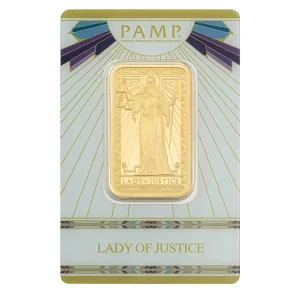Silver is a precious metal that is often used to create jewellery, cutlery, and other long-lasting goods. It’s a delicate metal. No other metal captures the light as sterling silver does. A blend of silver and another metal, typically copper, makes up sterling silver. In the little amounts utilised in sterling silver, copper binds to silver well and does not alter its appearance.
Because silver is a relatively soft metal and is only used in its pure form to create jewellery with intricate or woven motifs, such as silver chains, collars, and some non-stiff bracelets, pure silver is not commonly found in jewellery. But you must confirm the authenticity of any silver jewellery or cutlery you buy.
Step-by-Step Guide on How to Test Silver at Home
- Identification Labels: When you buy a product that is made of real silver, the first thing you should check for is indications like a stamp or hallmark. Silver sold internationally will be branded as 925, 900, or 800. These figures represent the silver’s degree of purity.
- Ice Test: This approach is perfect for checking silver coins and other flat-surfaced silver objects. Put an ice cube on a piece of silver cutlery or a coin. The metal you own is real if the ice cube melts soon. The ice cube will melt relatively quickly when placed on silver since it has the maximum thermal conductivity.
- Bleach Test: Bleach can also be used to determine whether the silver metal is genuine. Just dab a tiny bit of bleach onto the silver object. It is silver if it tarnishes when exposed to oxidising substances like bleach. When in contact with bleach, genuine silver will become black.
- Rare Earth Magnet Test: Place your silver object on top of a wooden table or another non-magnetic surface. Now try placing your magnet close to the object to see if it attracts anything. If so, then it isn’t silver.
- Testing With Acid: These tests can be done at home, but a unique silver acid test kit is required. They are readily available online like on eBay or Amazon. Grab the tiny black stone tile that was included in the set. Grab your piece of silver or sterling silver, and gently move a discrete portion of it across the black stone. Draw enough lines to completely cover the space. Get some testing acid and drizzle a small amount of it over the marks you made in the stone. Then, using a paper towel or serviette, wipe the acid off the stone and the marks you produced with the silver piece. Pay close attention to the acid trace on the paper towel or napkin you just used. During a few seconds, it should change colour.
o Bright Red: Fine Silver
o Darker Red: 925 Silver
o Brown: 800 Silver (80% silver)
o Blue: Nickel
 Hi,
Hi,











